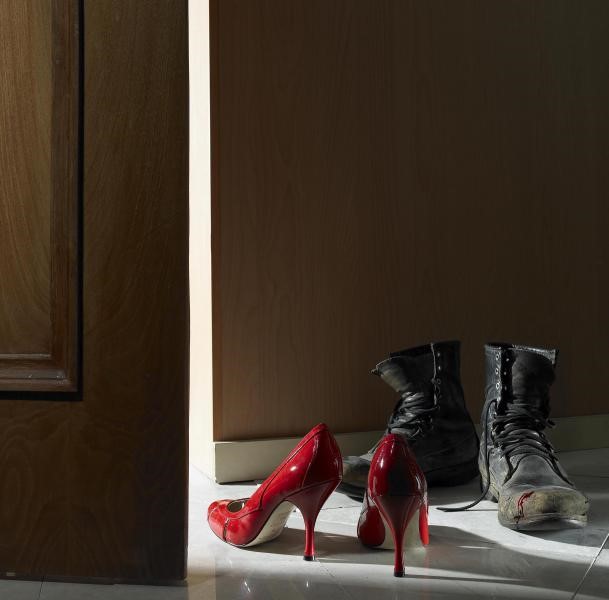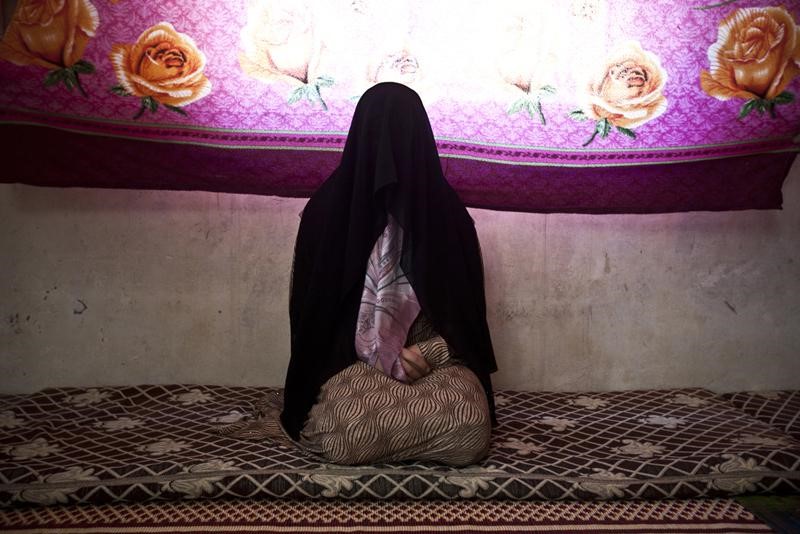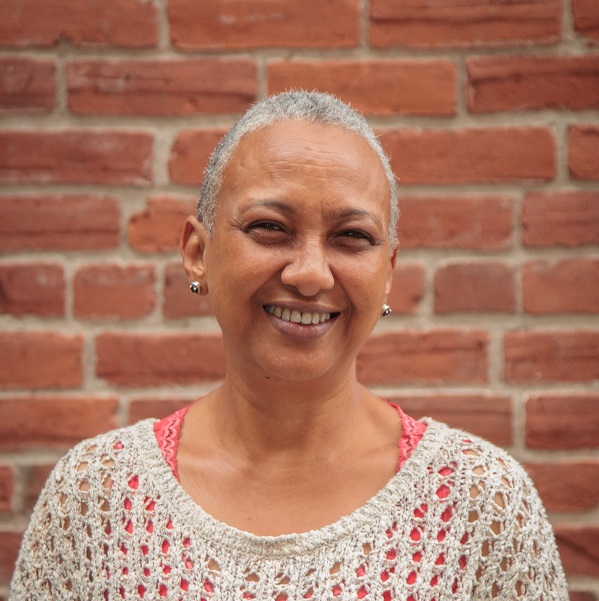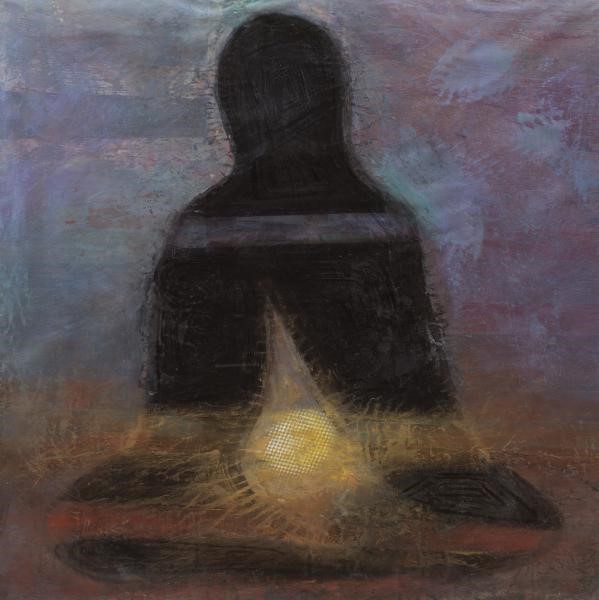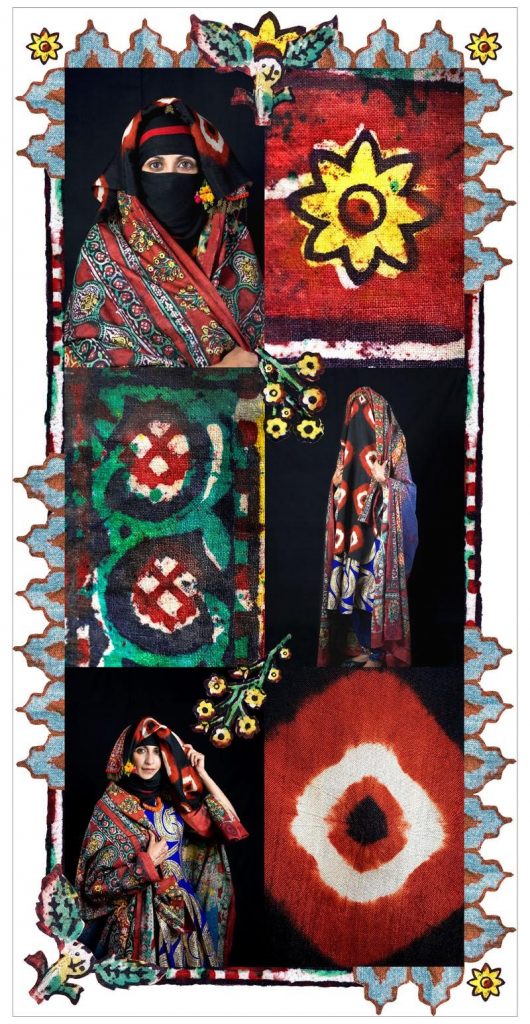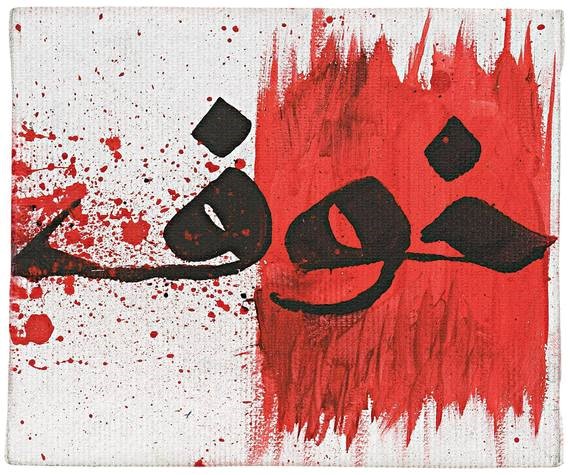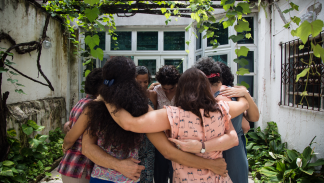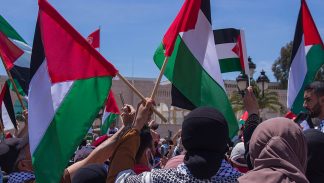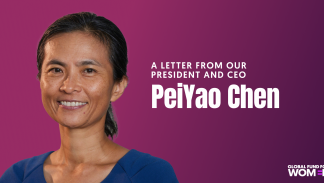6 Muslim women proving art is more powerful than hate in face of travel ban
By Samina Ali, curator of Muslima
March 21, 2017: Just last week, Federal judges in Hawaii and Maryland blocked U.S. President Donald Trump’s revised executive order to close the nation’s borders to refugees from around the world, including those from Syria, which would have temporarily suspended travel and immigration from six predominantly Muslim countries—an updated version of the original ban proposed in his first week of office.
Widely criticized as a “Muslim ban” and viewed as unconstitutional, the threat leaves many Muslims justifiably nervous about what’s in store given the new administration’s systematic discrimination. In fact, it was in anticipation of this unjustified targeting that, in early December, over 300 prominent Muslim American leaders sent an open letter to then-President-elect Trump asking him to reject some of his picks to join his administration because they have “a well-documented history of outright bigotry directed at Muslims or advocating that Muslims should not have the same rights as their fellow Americans.”
During this tumultuous time when an alarming rigidity seems to have overtaken American foreign policy, it seems more pressing than ever to hear a more nuanced view—and who better to present that than an artist?
Here are six Muslim women artists and activists exploring women’s experiences in the six countries named in Trump’s new ban, all speaking to the ways in which this type of fundamentalist ideology in their own countries has negatively impacted their lives and women’s rights.
Through their words and art, these women speak directly to the importance of civil liberties, justice, equality, and peace.
Shadi Ghadirian
Iran
In her photo series “The Collision of War and Domestic Life,” Ghadirian juxtaposes everyday objects found around the home with weapons usually used in war. “I wanted to show how war is reflected inside the home,” she said. “What happens to the members of the family who stayed at home and are now waiting? I also wanted to show what life is like when somebody comes back from war, and that many things change after war.”
Matilde Gattoni
Lebanon/United Arab Emirates
Although Gattoni herself isn’t from Syria, she recently completed a long-term project on women refugees in Lebanon, who are fleeing slaughter by ISIS extremists. The woman in Gattoni’s photograph below, titled “The Swallows of Syria,” usually doesn’t cover her face. She did so for the photograph because she was scared of being caught by the extremists.
The woman explained, “It doesn’t matter who wins this war. In Syria, women don’t have rights from the day they are born. As a Syrian woman, I don’t know what freedom means.”
Fahima Hashim
Sudan
As the Director of the Salmmah Women’s Resource Center in Sudan, Fahima Hashim has been on the frontlines of the women’s rights movement in her country—which has come at the heavy cost of her own safety. On several occasions, Hashim’s life has been threated by fundamentalists whose power depends on the oppression of women as second-class citizens.
Hashim explained the direct impact of that dangerous ideology on women’s lives: “The fundamentalist trajectory overlooked the women’s rights gained during the women’s movement of the 1950s… Women, especially in big cities, had freedom of mobility, education, work, freedom of speech, health services, and dignity. Fundamentalist misogyny shackled the social fabric. Women’s recognition as full, equal human beings has faded. It used to be that women could walk around freely in school, streets, to restaurants, etc., wearing trousers and sleeveless dresses without being harassed or questioned.”
Asya Abdrahman
Somalia/USA
Born a Somali-Eritrian-Ethiopian, Asya Abdrahman was a child of conflict. Like millions of others, she escaped the political turmoil of her homeland by literally walking with her family out of East Africa. Her troubled journey eventually led her to California. She said, “My work is a verbal and visual metaphor for rehabilitation and recovery. I paint my tears, my screams, my rage and outrage into something beautiful and moving.”
Boushra Almutawakel
Yemen
In her “Hijab” series, Almutawakel explores the many aspects of the Muslim woman’s veil. The series documents how traditional Yemeni veils used to be colorful, almost like works of art. However, as Islamic fundamentalism began to sweep across her country, women were forced to discard those veils for black ones. Even worse, they were now required to cover their faces—although not founded in Islam, the act purposely diminishes women to the point of not being seen.
Takwa Barnosa
Libya
Pursuing art in Libya is not an easy thing, Takwa Barnosa says, because in the chaos that has ensued since Muammar Gaddafi’s toppling in 2011 “art is seen as a waste of time and potential.” Barnosa goes on to confiding that “the economic and political situation really affects me so much, causing security problems. I walk to my art space every day and make sure to go back home before 8 p.m.!”
The reason she persists in making art is because she believes that during this time when, on the one hand Trump’s ban felt “very humiliating” and, on the other hand, her own country remains in disarray, she hopes to show others that “art is needed more than war.”
Share these powerful images and words from Muslim women to take a stand against the travel ban.
Explore more voices and art from Muslim women around the world in MUSLIMA.
By Samina Ali
Samina Ali is an award-winning author, activist, and cultural commentator. Her new TED Talk explores what the “hijab” really means. The curator of Global Fund for Women’s online exhibition, MUSLIMA: Muslim Women’s Art & Voices, Ali is focused on harnessing the power of media for social transformation.
My work is a verbal and visual metaphor for rehabilitation and recovery. I paint my tears, my screams, my rage and outrage into something beautiful and moving."Asya Abdrahman, Somalia/USA
